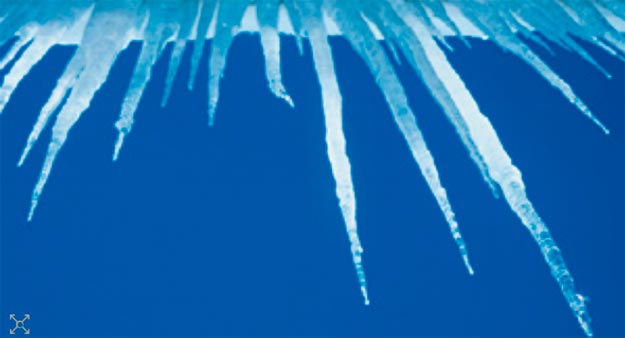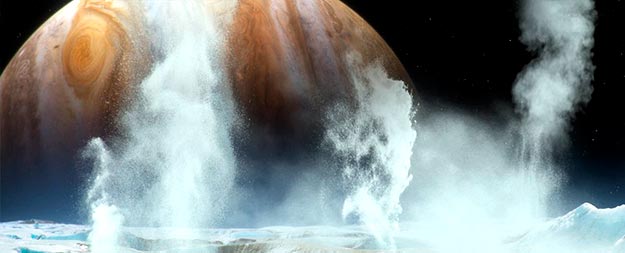A new test for assessing the quality of drinking water is faster, and possibly cheaper, than the current method. While current tests take a couple of days, the new test can tell whether water is contaminated in only eight minutes.
Felipe Lombo and his BIONUC research team from the University of Oviedo in Spain exploited a naturally occurring bacteria-binding protein, colicin S4, fused to green fluorescent protein. This fluorescent sensor produces a light signal when exposed to UV, making it a great tool for detecting bacterial contamination in drinking water.
Colicin S4 is produced by some bacteria to kill rival bacteria and specifically detects Escherichia coli, a bacterium that is an indicator of faecal water contamination. While colicin S4 provides specificity, green fluorescent protein emits a light signal that allows detection. The fusion of the two parts results in a sensor that can bind E. coli in contaminated water and produce light signals. Using a filter that retains the bacteria, unbound sensor molecules are washed away. If bacteria were present in the water sample, a light signal will occur in response to UV light. If no bacteria were present, all sensor molecules are washed away and no light signal is observed. Read more






